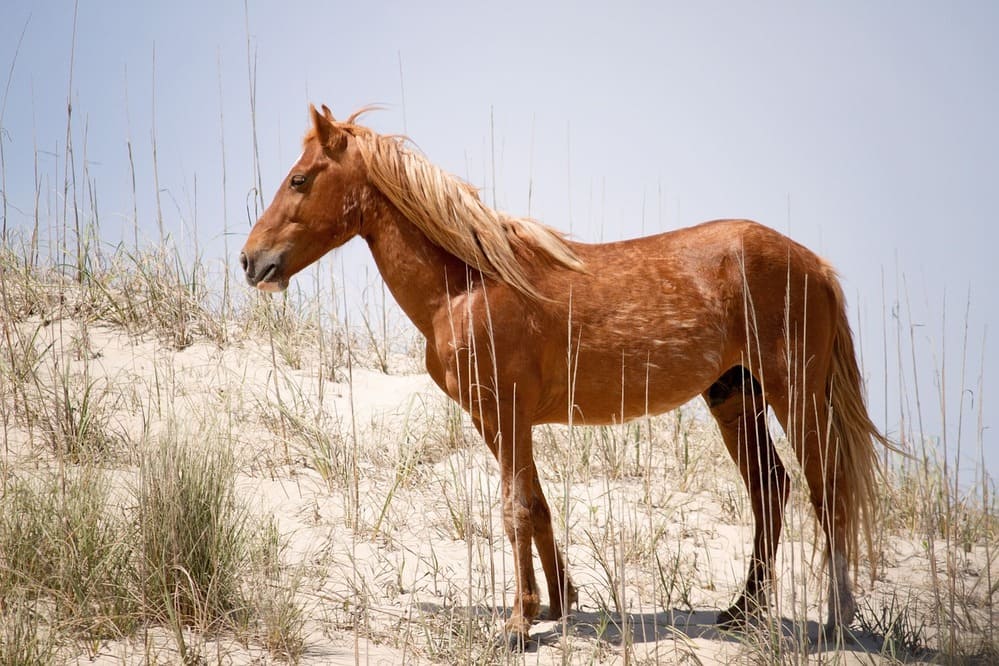The Spanish Mustang is a living legacy of the American West, embodying the spirit of resilience and strength that defined the frontier era. Descended from the horses brought to the Americas by Spanish explorers in the 16th century, these majestic animals exhibit a rare combination of beauty and utility.

Physically, Spanish Mustangs typically stand between 13.2 and 15 hands high, with a compact yet muscular build that reflects their adaptability to various terrains. Their expressive eyes and finely chiseled heads convey intelligence and a keen awareness of their surroundings. A distinctive feature is their arched necks and well-defined withers, which contribute to their graceful appearance and efficient movement.
Their coats come in a range of colors, including bay, black, chestnut, and dun, often with primitive markings such as dorsal stripes or zebra stripes on their legs. This diversity in color underscores their genetic purity and historical significance.
Beyond their striking appearance, Spanish Mustangs are renowned for their stamina, agility, and sure-footedness. These traits make them superb partners for activities such as trail riding, endurance riding, and ranch work. Their innate intelligence and willingness to bond with humans further enhance their suitability as companions and working horses.
In recent decades, efforts to preserve and promote the Spanish Mustang breed have been crucial in maintaining its genetic diversity and cultural heritage. Organizations dedicated to their conservation emphasize their historical importance and their potential in various equestrian disciplines.
Whether in the rugged landscapes of the West or the competitive arenas of modern horsemanship, the Spanish Mustang continues to captivate enthusiasts with its beauty, versatility, and deep-rooted connection to America’s past. As a symbol of endurance and adaptation, these horses stand as a testament to the enduring spirit of the frontier and the timeless allure of the equine world.
